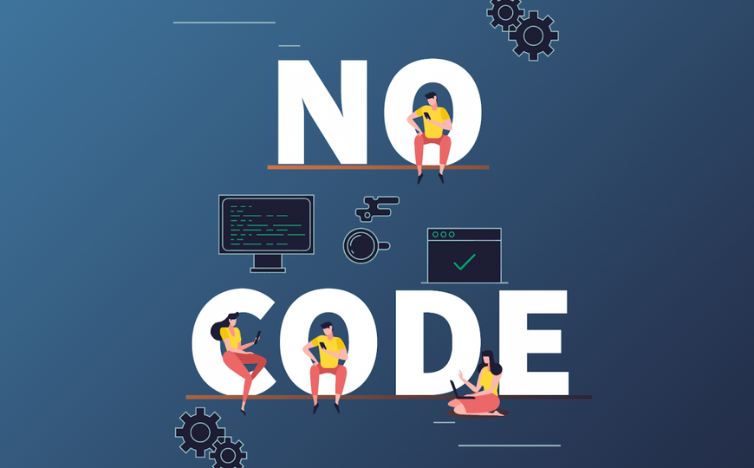In the developing space of digital innovation, there are no-code app builders who serve as unsung heroes to entrepreneurs and small business owners. They can create functional, user-friendly applications without the need for complex coding. Though the potential that these tools present is amazing, choosing the correct one is a major challenge — primarily a platform which naturally integrates into your vision, workflow and strategies. This comprehensive guide provides you with everything you need to know when selecting a no- code app builder specifically designed for your digital dreams.
Table of Contents
Meaning of No-Code App Development
However before we delve into selecting an appropriate no-code app builder, it is essential to grasp what value propositions are offered by no-code development platforms. By facilitating visual drag-and-drop interface application creation methods through pre-built templates and diverse features libraries they make even non-techies competent in producing sophisticated software. These have helped reduce time-to-market and streamline product development using readily available designs or sets of functionalities.
Advantages of No-Code
The rise of entrepreneurship built on digital platforms has been fueled by the movement towards no-code.
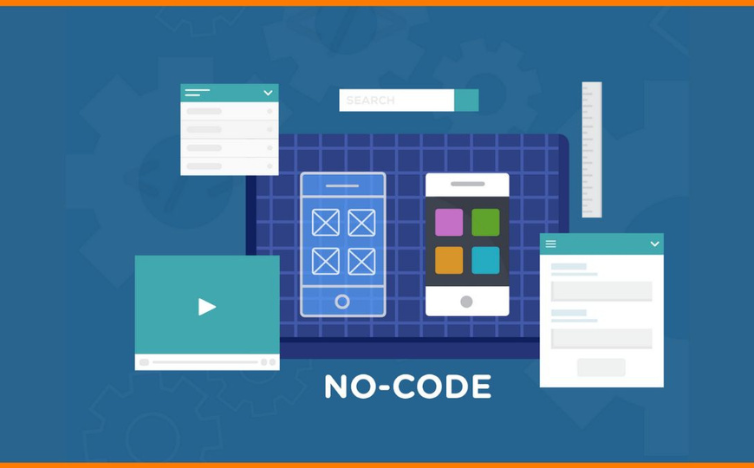
Faster Iterations: The process of developing an app from scratch will be avoided allowing you to quickly try out ideas, collect feedback and tweak your app accordingly.
Cost-Effective Mistakes: Save money on software development expenses during early stages of application design instead of hiring expert coders.
Empowered Innovation: Instead of writing code into some existing model, no-code tools put innovators in charge.
See Also: 11 Best AI Tools for Coding
Evaluating Your No-Code Needs
In fact, the market abounds in various distinct-purpose no-code web platforms each serving its own particular segment. Indeed your choice mostly depends on both current as well as future requirements while making such decisions. Below are some factors you can consider before settling on a platform:
Define Your App’s Purpose
An unambiguous statement concerning your primary goal needs to be made. Do you plan to sell it or is it for internal use only? Will it cater to consumers or is it a B2B solution? A stated purpose can help align your feature needs with those of the no-code tool.
Audience and Scalability
Determine your target audience and how you intend to take the app forward in terms of scale. There are some platforms which are better positioned for a small, specific market with limited scalability while others support applications meant to handle large user volumes and more features in future.
Integration with Existing Systems
Look at whether you need to link your application with other systems such as CRM or ERP software. Therefore consider whether there are any third party services that have good integration options, or have partnerships with the no-code platforms that you use or intend using.
See Also: 10 Best AI Tools For Business
Roundup of Leading No-Code App Builders
After defining what you need, now let’s look at who dominates the no-code app development space today. Here is a brief overview of each one highlighting what makes them different:
Bubble
Bubble.io is an extremely flexible platform that allows building fully functional web apps including backend workflows. It has gained fame due to its rich customization capabilities and powerful backend workflows.
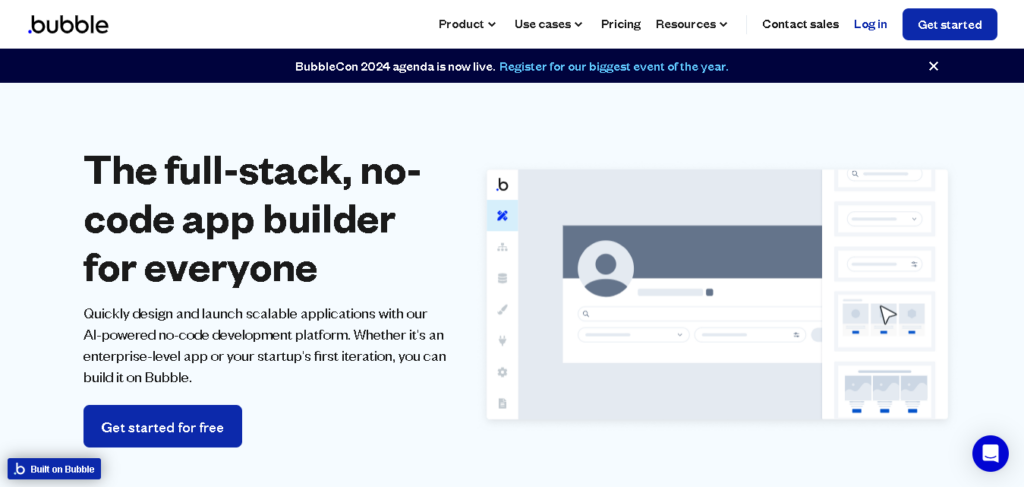
Adalo
On the other hand, Adalo focuses on mobile and web app creation streamlining the design-to-development process. It combines clean UIs with robust no-code functionalities.
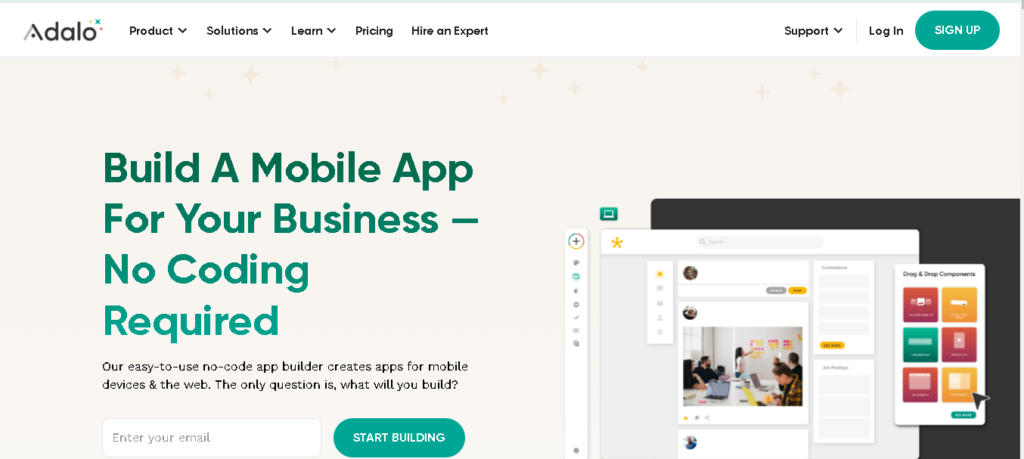
Glide
Glide is a company devoted to designing mobile applications that run directly on Google Sheets. It’s an easy to use platform that capitalizes on data in spreadsheets to run app actions.
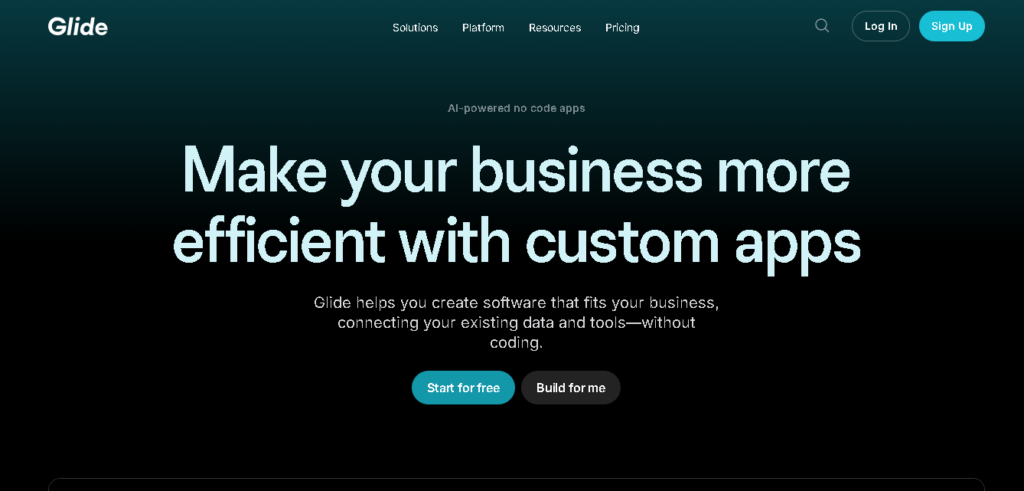
Thunkable
ThemeProvider gives users the ability to create their own themes for mobile apps. This no-code cross-platform product places great emphasis on simplicity, as well as creating an Android or iOS app by dragging and dropping components.
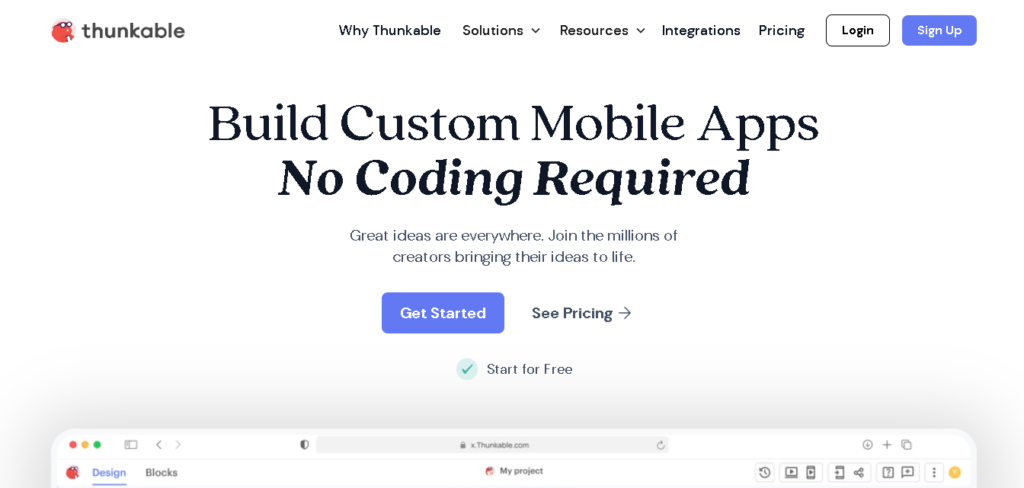
Webflow
It is a leader in web design but its CMS and e-commerce capabilities are increasingly making it a contender in the no-code app space. Producing clean SEO friendly code that scales is its strength.
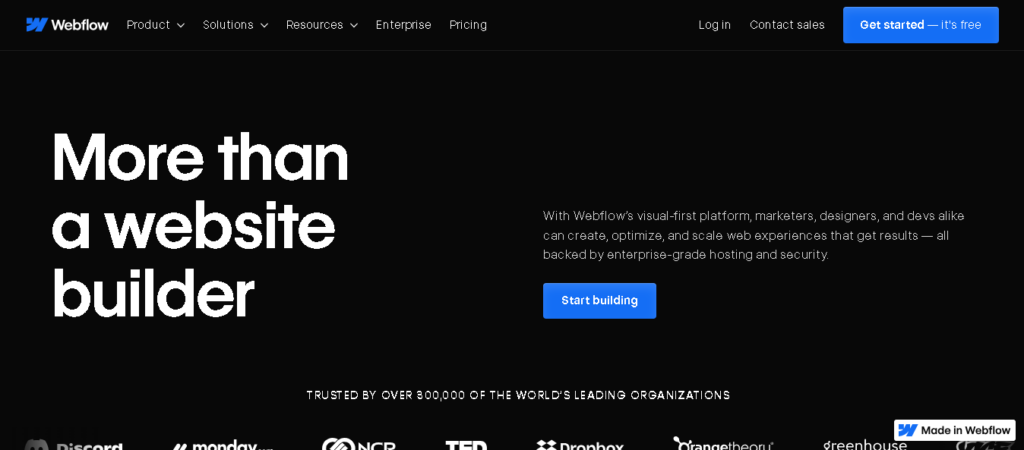
Scoring and Selection
After understanding the different platforms, now you need to score them based on your priorities. You can have a matrix with features like ease of use, level of customization, integration possibilities, scalability and support for each platform. The winner will be chosen from this objective analysis which will most closely align with your vision of an app.
See Also: 11 Best AI Tools for Digital Marketing
Feature Prioritization
Not every feature of a no-code builder will matter equally for your app’s success. What this means is you need to prioritize what’s crucial for your application; it could be more advanced UI flexibility, strong database structuring or native integrations with popular business tools.
Community and Support
Having a thriving community and solid support infrastructure can make or break your experience building no-code apps. Interact with user forums, check customer reviews or even contact support teams to get an idea of how much help you would receive.
Ending Remarks
When you are going digital, choosing the best no-code app builder is one of the most important steps for you take. It is where your imagination and entrepreneurship skills are demonstrated in online platforms. Conduct some investigation, consider all pros and cons of each option. Ultimately, keep in mind that an ideal no-code app creator enhances rather than impedes your abilities. Choose wisely because with no-code technology you can do whatever it takes to live up to the fullest extent possible.
See Also: 10 Best AI Tools for SEO
FAQS
How are no code app builders different from each other?
No code app builders differ in terms of supported types of apps, ease-of-use factor, depth of customization available as well as complexity levels they can handle. Some focus primarily on creating e-commerce functionality for web applications while others excel at delivering mobile apps complete with GPS capabilities.
Can I scale my app built with a no-code platform as my user base grows?
Many no code app platforms are built to scale, using cloud-based infrastructure that can grow with your business. Make sure you choose one that can accommodate an expanding user base through either built-in capacity or integration with other services.
Do I retain full ownership of the app I build on a no-code platform?
Ownership of apps created on no code platforms is usually retained by the users, though it may involve some licensing for particular inbuilt features or services from the provider.
What happens if I need to add a feature that the no-code platform doesn’t support?
These platforms will often have ways to bring custom code into their systems even if they don’t have native support for certain functionalities. However, getting guidance from developers may be necessary, particularly when learning about the platform’s policies regarding incorporating custom scripts.

